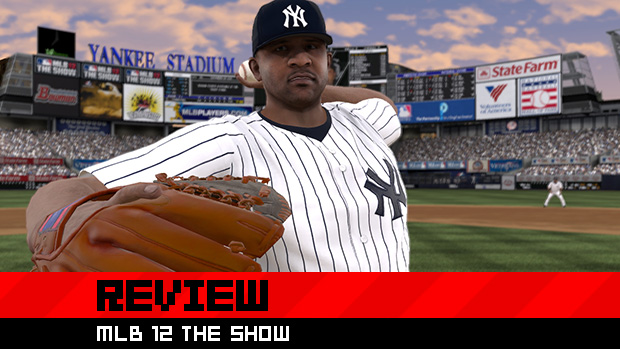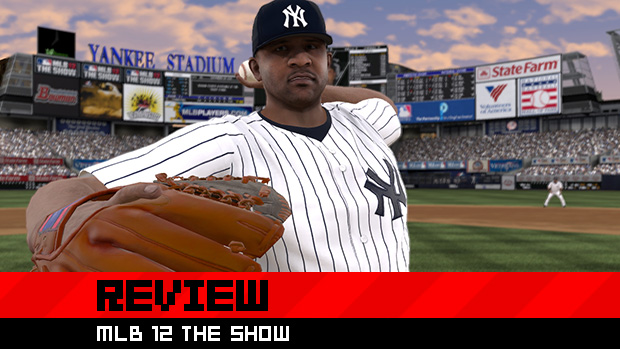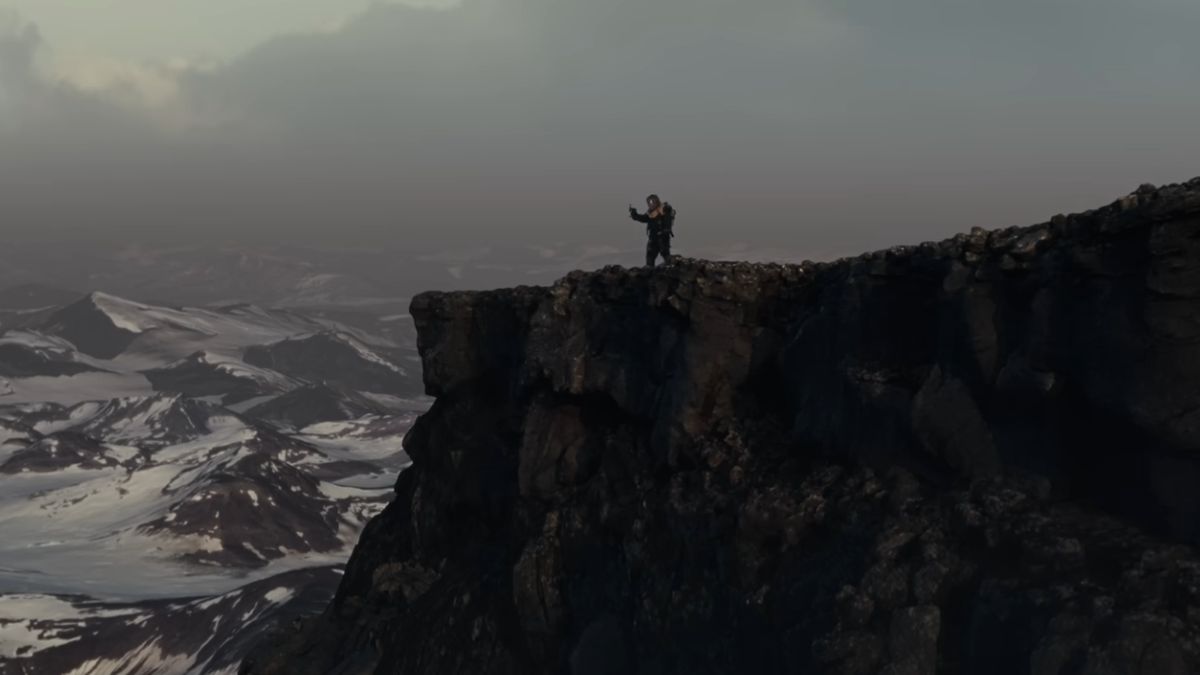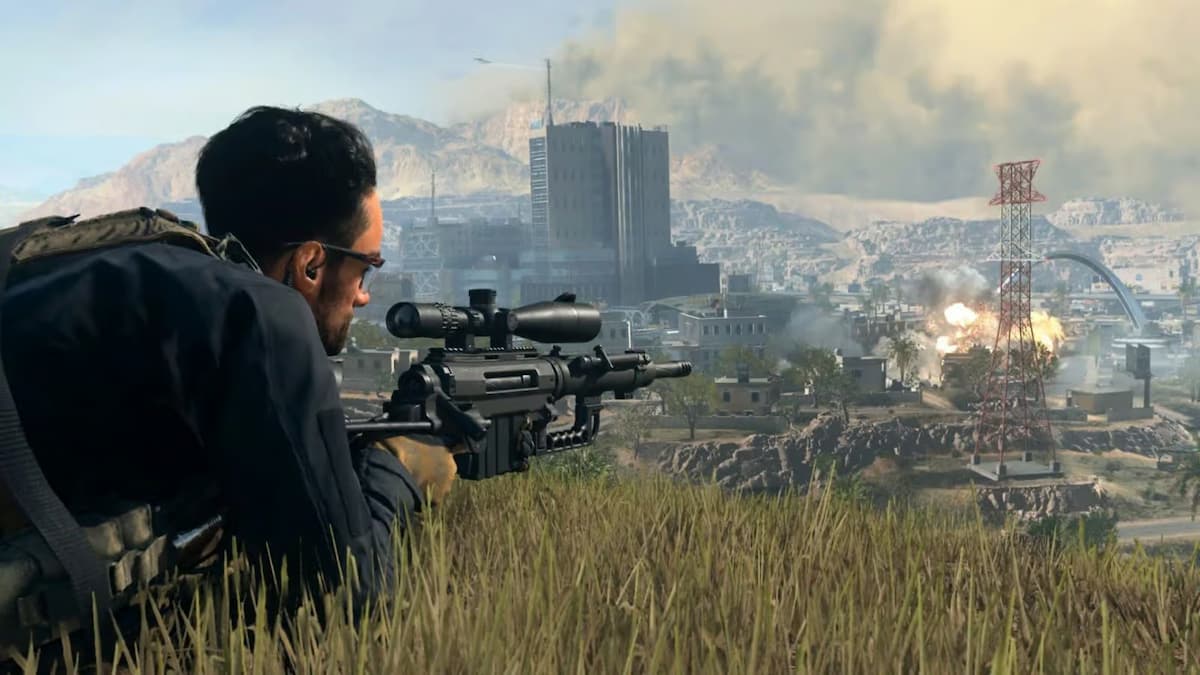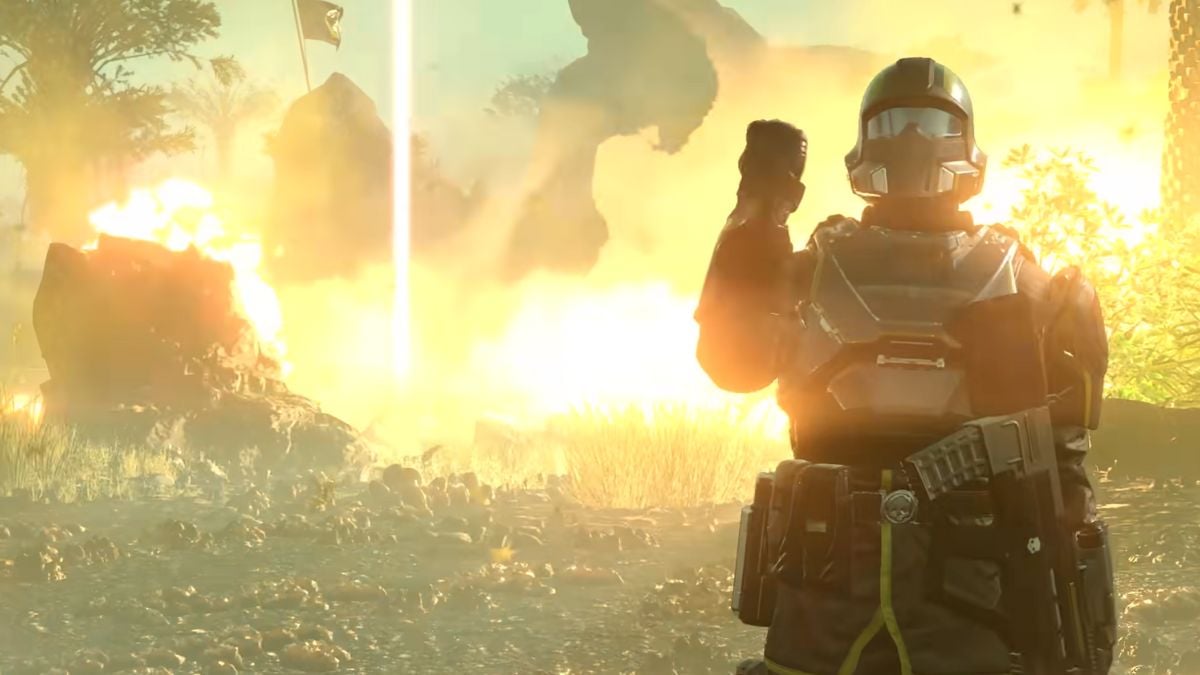Sony San Diego has consistently produced well-regarded MLB The Show titles that easily outclassed other simulation baseball games. The studio has for years been fighting the stagnation that typically results from a lack of strong competition, and has predominantly met with success.
Sports games must satisfy players with a wide range of tastes and skill levels, and The Show has traditionally been among the most accommodating. The team developed both PlayStation 3 and PlayStation Vita versions of MLB 12 The Show, perhaps spreading itself too thinly in building a Show title that is its usual self. That’s part of the problem.

MLB 12 The Show (PlayStation 3 [reviewed], PlayStation Vita)
Developer: SCE San Diego Studio
Publisher: Sony Computer Entertainment
Release: March 6, 2012
MSRP: $59.99 (PS3) / $39.99 (Vita) / $79.99 (both)
The Show has excelled at serving many masters, particularly in its broad variety of control schemes. MLB 12 offers ever more choice, with full PlayStation Move support in all game modes headlining the new options. After introducing analog hitting, pitching, and throwing controls last year, Sony SD has added two new control setups, one for the hardcore crowd and the other for less serious fans.
Those who found MLB 11’s analog hitting too easy can now aim their bats with the left stick while swinging with the right. I prefer — and am much better at — hitting without dual-thumb gymnastics, but your digits may be up to the challenge. Also new this year is Pulse Pitching, in which you aim a pitch and then set its accuracy by correctly timing a circle that throbs around the ball. Either its implementation is flawed, or my timing is off; I simply couldn’t get this control method down pat. It might help if MLB 12 gave some better feedback — I’d appreciate knowing whether I was tapping X too early or too late.

As usual, MLB 12 requires a five-gigabyte hard drive installation. This year, for the first time, you can choose to install an additional 5 GB of data. It takes another ten minutes, and if you can spare the hard drive space, I recommend it. The Show has long suffered from atrocious load times, and the 10 GB installation offers a marked improvement — for example, it cuts exhibition-game loading almost in half. MLB 12 also benefits from drastically reduced save-game file sizes. Franchise and Road to the Show files previously exceeded 20 MB; now, they’re 1-4 MB, which speeds up saving and loading.
Once you load into a game, notable upgrades become evident. Most obvious is MLB 12’s revamped ball physics; the new system gives rise to a much wider and more realistic variety of ball trajectories, whether it’s a high chopper going over a defender’s head or a liner tailing away from a diving outfielder. The ball now spins and bounces properly: a bunt might land foul and slowly roll fair, or a grounder might hit the third-base bag and shoot upward. It’s a subtle change that nonetheless has a tremendous impact on gameplay, delivering an experience that feels as organic and unpredictable as the sport itself. The live ball era has truly arrived in The Show.
MLB 12 continues to offer visuals that make you question whether you’re watching a videogame or a baseball broadcast, with logically sequential camera cuts and stadium-specific presentation elements (like Marlins Park’s light-up carnival monstrosity for home runs). Sony SD has finally implemented collision detection, so players almost never ghost through each other anymore. The audio holds up its end, too: I hit a walk-off dinger, and the fans’ raucous cheering nearly drowned out the in-game commentary.

Unfortunately, MLB 12’s commentary occasionally makes me wish for continuous background noise to drown it out. It’s alternately terrific and dreadful, more the latter than the former. Franchise games feature some impressively relevant lines, like Dave Campbell mentioning an in-progress hitting streak. Of course, plenty of lines repeat; I almost don’t want to play in Yankee Stadium anymore, because Matt Vasgersian has been talking up “a new home for baseball in the Bronx” since 2009. That’s even understandable to an extent, considering the realities of annualized game development.
Worse than repetition is inaccuracy, and I heard many more head-scratchers than last year. In an Arizona Diamondbacks game, the commentators referred to the team as the “defending world champs,” and to my seventh hitter as “the cleanup guy.” I threw a slider at the knees that analyst Eric Karros called “chin-high.” Recording additional, more varied lines wouldn’t fix this glaring issue.
MLB 12’s traditional modes — Franchise, Season, and Road to the Show — would also benefit from an overhaul. They’ve seen marginal improvements this year: under-the-hood upgrades such as better lineup management and smarter roster AI. The major new selling point is cross-platform cloud saving, which allows you to play the same mode on both PS3 and Vita. It’s geared toward die-hard fans, who are probably the only group who would buy MLB 12 on two platforms. They’re likely also the same people clamoring for more meaningful changes here, so it’s ironic that the constraints of PS3/Vita crosstalk meant that Sony SD couldn’t significantly upgrade the modes this year.

Instead, MLB 12 on PS3 gets a brand-new mode called Diamond Dynasty. It has more in common with the NHL franchise’s “EA Sports Ultimate Hockey League” than Madden or FIFA “Ultimate Team.” After creating a team and customizing every detail with a 1,000-layer logo editor — insignias, caps, helmets, jerseys, cleats, and more — you’re presented with a card collection of fully editable fake players and a few MLB athletes. If you want spend hours recreating your high-school varsity squad, go right ahead.
Players can participate in a limited number of games: for fictional players, the maximum is between 35 and 45, while MLB stars have 10 games (they’re mercenaries used to give your team a quick boost). Each created player comes with a rating of his potential; higher-potential stars cost less to train. In-game money is earned by facing off against MLB franchises or playing head-to-head online games against other Diamond Dynasty teams, and you can use it to train players, buy card packs, or buy single cards from other users at auction. (You can also purchase “credits” on the PlayStation Store, which can only be spent on packs.)
Diamond Dynasty is somewhat confusing at first, especially since it brings you straight into the mode once you’ve named your team and picked its colors — if you don’t then go into the logo editor before playing, your men will be wearing blank jerseys. But it’s also fun and engaging; as with training a single player in Road to the Show, I found myself becoming emotionally as well as fiscally invested in my team. Chasing leaderboard greatness is the chief motivator here: the game rates your team and its individual players with each online game.

That’s Diamond Dynasty’s undoing. Online play in The Show, a perennial black mark on an otherwise spectacular game, is still not something I would ever willingly subject myself to. I tried to play a few games for this review, but literally could not complete a single one — my opponent and I always agreed to a friendly quit in the early innings because the experience was so awful.
MLB 12’s online announcements claim, “While visual anomalies exist, the users [sic] input should translate directly to the result.” The first part, at least, is true. Pitches still stutter on the way to the plate, making it nigh-impossible to time swings; lag often throws off the pitching meter’s accuracy; and I once saw halves of two different swing animations chained together (first a standard swing, then a feeble tied-up hack). Even if these “visual anomalies” are lying to you, and the game works as usual underneath, it’s impossible to know for sure because of said visual anomalies.
I’ll happily build up my Diamond Dynasty bank account against the CPU, but I’m sad that I won’t be able to take complete advantage of a fully online mode because the network side of the equation doesn’t compute. Diamond Dynasty is a microcosm of MLB 12: a terrific, addictive offline experience marred by frustrating issues that Sony San Diego has failed to address for a while.

MLB 12 is a sign of a franchise growing stale, a formerly pristine playing field in need of re-sodding. As enjoyable as it still is to play, important elements of the experience aren’t up to par. The future remains murky for now, with Take-Two’s exclusive third-party license expiring this year (and an apparent lack of desire to renew the contract). Perhaps MLB 13 will see some stiff competition to inspire it to greatness.
